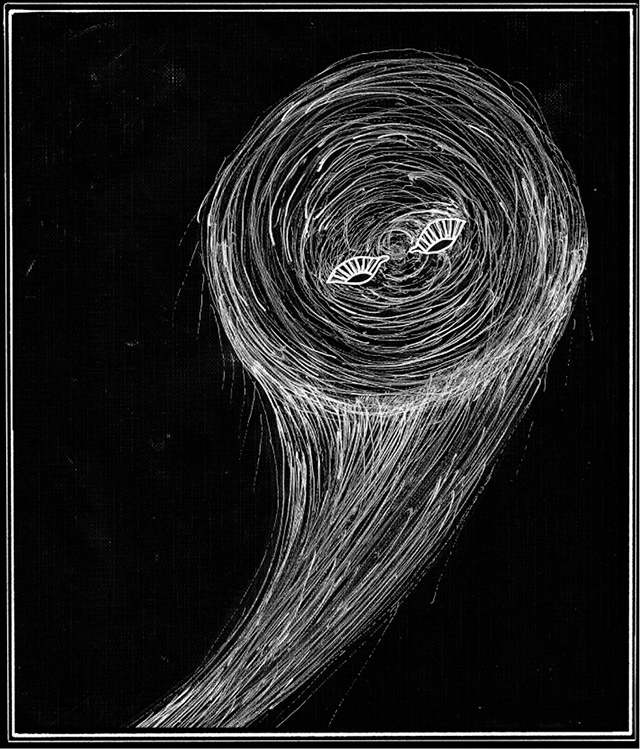А ты, Странник, случаем не оборотень? А то народ волнуется...
Bestiary.us
энциклопедия вымышленных существБыстрый переход
- Средневековые бестиарии Бестиарии практически составляли особый жанр в средневековой литературе, совмещавший в себе черты естественнонаучного сочинения, теологического трактата и художественных произведений, и рассказывающий нам о представлениях средневековой Европы о животных и чудовищных племенах.
- Сверхъестественное Бестиарий сериала "Сверхъестественное" ("Supernatural" series)
- Белорусский бестиарий Мифические существа, духи и демоны белорусского фольклора.

